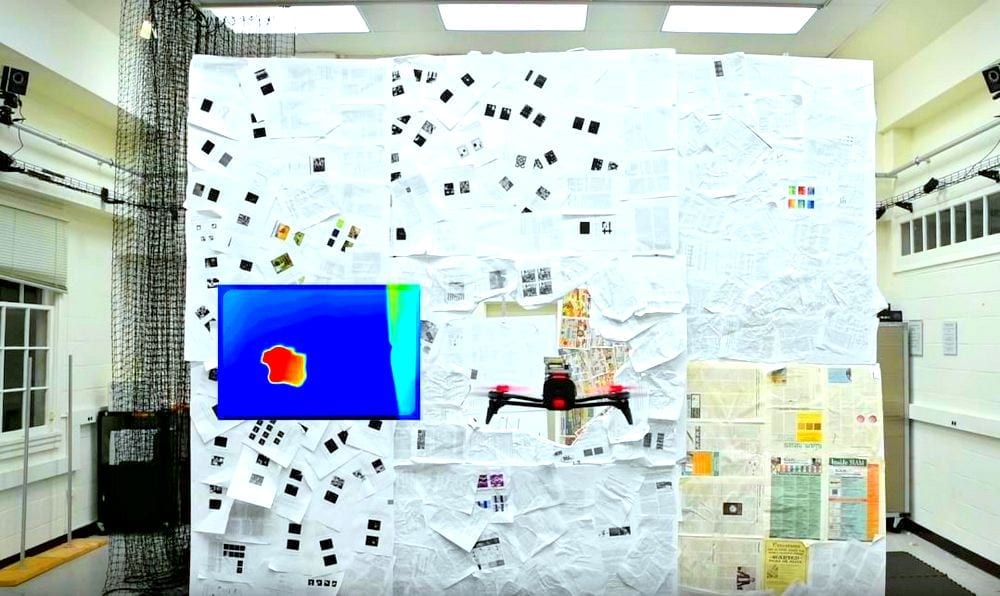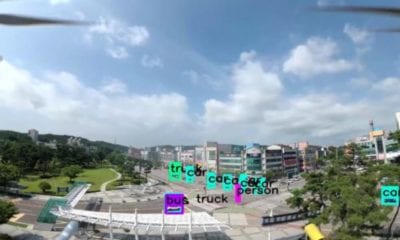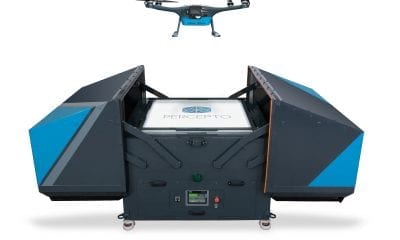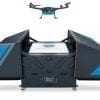News
Flying Drones Through Small Holes
It seems like drones are making a leap forward every single day. However, by most of the researchers and experts in the field of drone development, they are still seen as kind of passive when their capabilities are put to test.
In times when researchers and practitioners use traditional computer vision algorithms in order to represent various abilities in drones, one group at the Maryland University made a leap forward and started discovering the potential ability for drones to mimic features known only to insects and birds.
According to a new project called GapFlyt, they can now be taught how to fly through small holes using only simple and insect-like eyes. This is what a group of researchers at the University of Maryland, College Park prepared for their Perception and Robotics Group.
A 3D Model: Drones Would Receive Information from Photos and Navigate Through Holes
As the researchers noted, the techniques used by birds and bugs to fly through small holes at high speeds would require drones to have a sensing shot to define the opening and fly through an irregularly shaped hole with no training at all.
Naming it ‘optical flow’, this technique creates a 3D model with a monocular camera in which it marks the features in each subsequent picture and makes the drone recognize the shape and depth of the hole based on the photos they receive. The things closer to the drone move more than the things further away, which is precisely how the drone can see the foreground (versus the background).
To prove that this feature is actually doable, the researchers created a messy environment that would serve as a testing ground for their system. In it, the Bebop 2 drone packed with an NVIDIA Jetson TX2 GPU on board fits around the hole like a bee and buzzes right through at 2 meters per second which is definitely a solid speed.
Going the Extra Mile and Testing the Drones Even Further
The researchers even went the extra mile in their testing and made the far wall appear closer and similar to the closer wall, proving that the technique can also work in messy situations. According to the test results, the drone was 85% accurate as it flew through different sets of openings.
This proves that a fly-through-hole ability for drones is almost here – and that the technology giants have to get their hands straight to it. What’s certain is that the framework has everything outlined in it, from the minimalist sensori-motor framework to the 3D reconstruction technology of the scenes that uses only a monocular camera and onboard settings.
Citation: N. J. Sanket, C. D. Singh, K. Ganguly, C. Fermüller and Y. Aloimonos, “GapFlyt: Active Vision Based Minimalist Structure-Less Gap Detection For Quadrotor Flight,” in IEEE Robotics and Automation Letters, vol. 3, no. 4, pp. 2799-2806, Oct. 2018. | doi: 10.1109/LRA.2018.2843445 | URL: http://ieeexplore.ieee.org/stamp/stamp.jsp?tp=&arnumber=8371216&isnumber=8386768 | http://prg.cs.umd.edu/GapFlyt.html


























